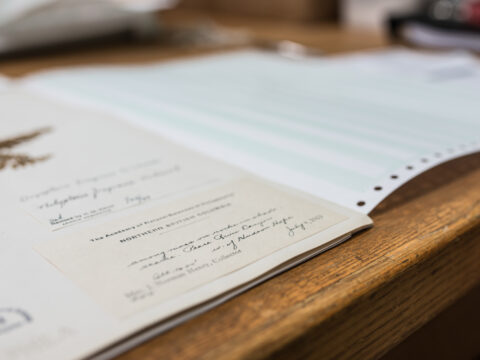Mary Henry’s Journey to a Tropical Valley
What can you discover from Mary Gibson Henry’s expedition to northeastern BC?
Imagine that you are a botanist, a scientist who studies plants. Plants are your passion. While visiting Canada, someone describes a tropical valley where the warmth of a nearby hot spring supposedly causes tropical plants to grown in a place where they wouldn’t normally grow. What would you do?
A conversation in 1930 sparked American botanist Mary Gibson Henry to pack up her family and take them on an adventure of a lifetime to northeastern BC. Lucky for us, the BC Archives has a film that documents that 1931 expedition.
While the film does not depict Mary Gibson Henry’s botanical work on the trip, it does capture some of the trials and spirit of the journey. In watching the film we can step back into a distant time and travel alongside Mary Gibson Henry on her historic trip.
An old film like this can be an important record of environmental change over time. It reminds us of BC’s diverse landscapes, and how quickly human actions can change them. The film is an example of how any one item in the collection can be valuable for many different reasons. It also reminds us of the value of the diverse collections at the Royal BC Museum.
What can you discover about the historic journey that Mary Gibson Henry took in 1931? Do you think she found her “tropical valley”? What can you learn about northeastern BC from the Royal BC Museum collections?




